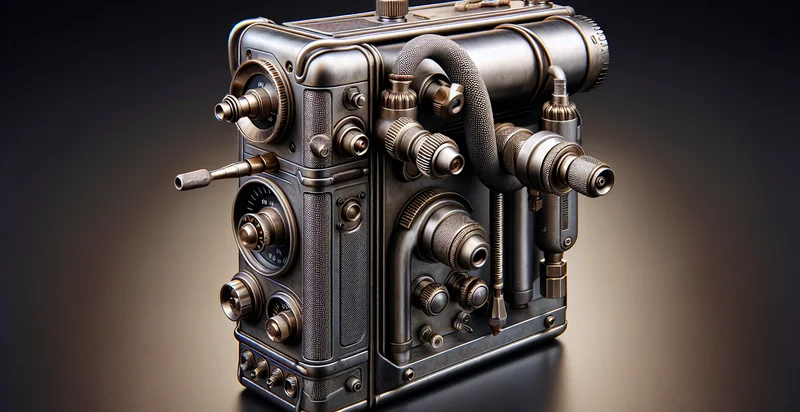Identify welding helmet type
using AI
Below is a free classifier to identify welding helmet type. Just upload your image, and our AI will predict what type of welding helmet it is - in just seconds.

Contact us for API access
Or, use Nyckel to build highly-accurate custom classifiers in just minutes. No PhD required.
Get started
import nyckel
credentials = nyckel.Credentials("YOUR_CLIENT_ID", "YOUR_CLIENT_SECRET")
nyckel.invoke("welding-helmet-type", "your_image_url", credentials)
fetch('https://www.nyckel.com/v1/functions/welding-helmet-type/invoke', {
method: 'POST',
headers: {
'Authorization': 'Bearer ' + 'YOUR_BEARER_TOKEN',
'Content-Type': 'application/json',
},
body: JSON.stringify(
{"data": "your_image_url"}
)
})
.then(response => response.json())
.then(data => console.log(data));
curl -X POST \
-H "Content-Type: application/json" \
-H "Authorization: Bearer YOUR_BEARER_TOKEN" \
-d '{"data": "your_image_url"}' \
https://www.nyckel.com/v1/functions/welding-helmet-type/invoke
How this classifier works
To start, upload your image. Our AI tool will then predict what type of welding helmet it is.
This pretrained image model uses a Nyckel-created dataset and has 16 labels, including Active, Auto Darkening, Fixed, Full Face, Half Mask, Heavy Duty, Helmets With Filters, High Tech, Integrated Respirator and Lightweight.
We'll also show a confidence score (the higher the number, the more confident the AI model is around what type of welding helmet it is).
Whether you're just curious or building welding helmet type detection into your application, we hope our classifier proves helpful.
Related Classifiers
Need to identify welding helmet type at scale?
Get API or Zapier access to this classifier for free. It's perfect for:
- Quality Control in Manufacturing: The welding helmet type identifier can be utilized in manufacturing facilities to ensure that workers are using the correct type of welding helmet for specific tasks or materials. This helps maintain safety standards and reduces the risk of accidents due to improper equipment use.
- Inventory Management: Businesses in the welding industry can implement this function to manage their inventory of welding helmets more effectively. By identifying the types of helmets in stock, companies can streamline purchasing processes and ensure they have the right gear available for their operations.
- Compliance Monitoring: Organizations can leverage the welding helmet type identifier to monitor compliance with safety regulations and industry standards. This can facilitate audits and help maintain documentation by verifying that workers are equipped with the appropriate helmets for their specific welding processes.
- Training and Education Programs: The function can be incorporated into training programs for new welders, helping to educate them on the various types of welding helmets and their appropriate uses. This can enhance safety awareness and improve their overall effectiveness in the field.
- Ergonomics and Comfort Analysis: By identifying the types of welding helmets used frequently, companies can analyze which models offer better ergonomics and comfort for welders. This information can guide recommendations for upgrades or replacements based on worker feedback and preferences.
- Safety Equipment Reimbursement: Organizations can use the welding helmet type identifier to manage employee reimbursement for personal protective equipment purchases. By ensuring that submitted claims match the identified helmet types, companies can maintain control over safety equipment expenditures.
- Data Analytics for Helmet Performance: Businesses can collect data on the types of welding helmets being used and their performance outcomes. This information can be analyzed to identify patterns, leading to better helmet design or selection that enhances safety and efficiency in welding operations.


